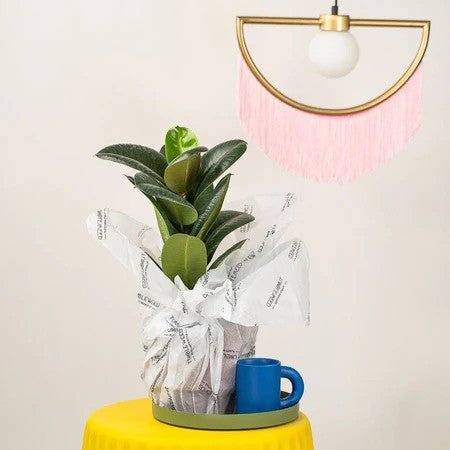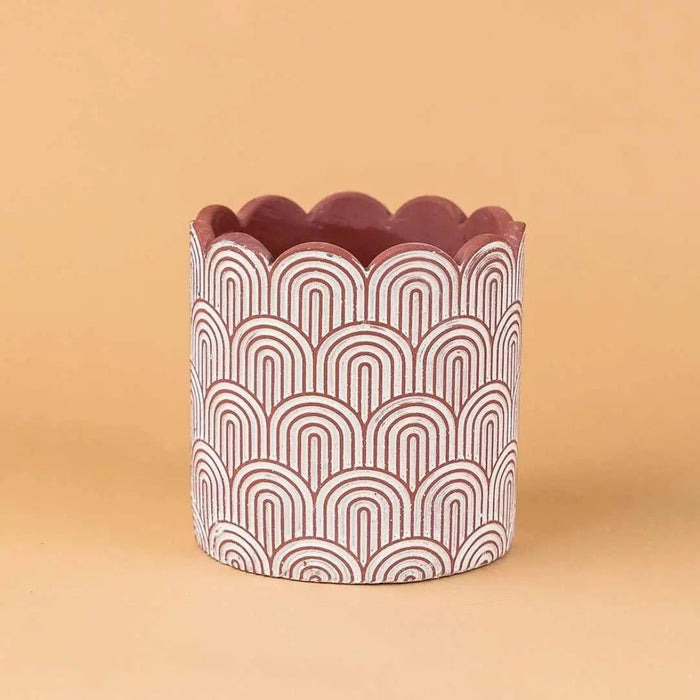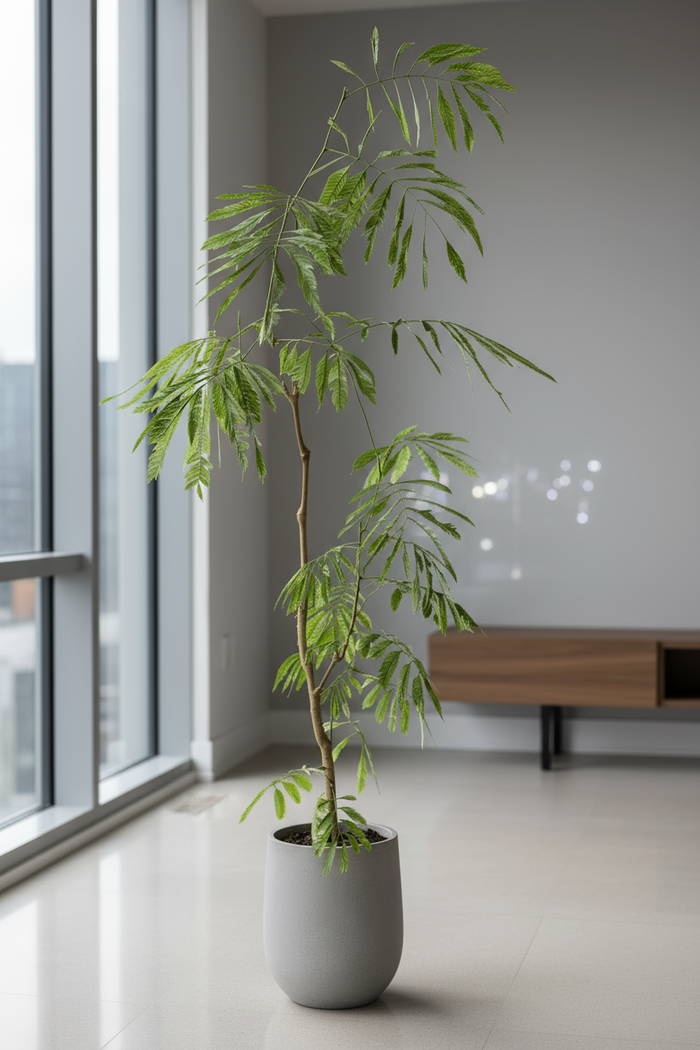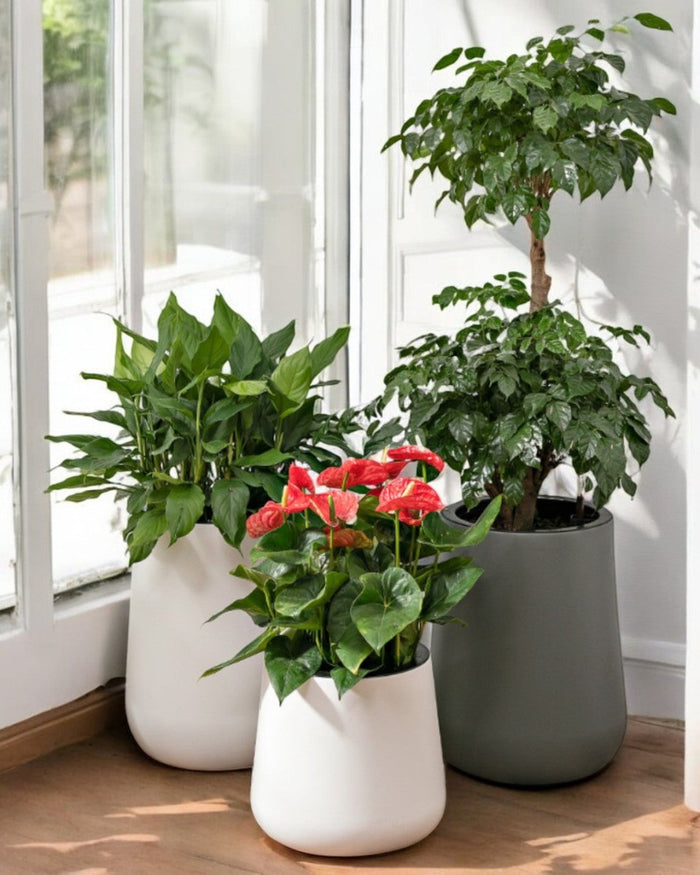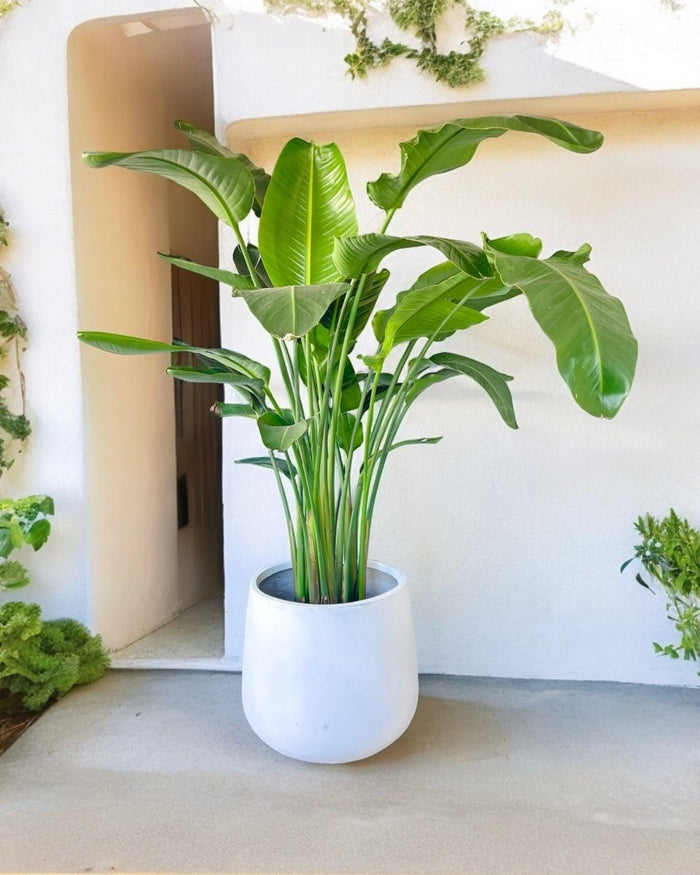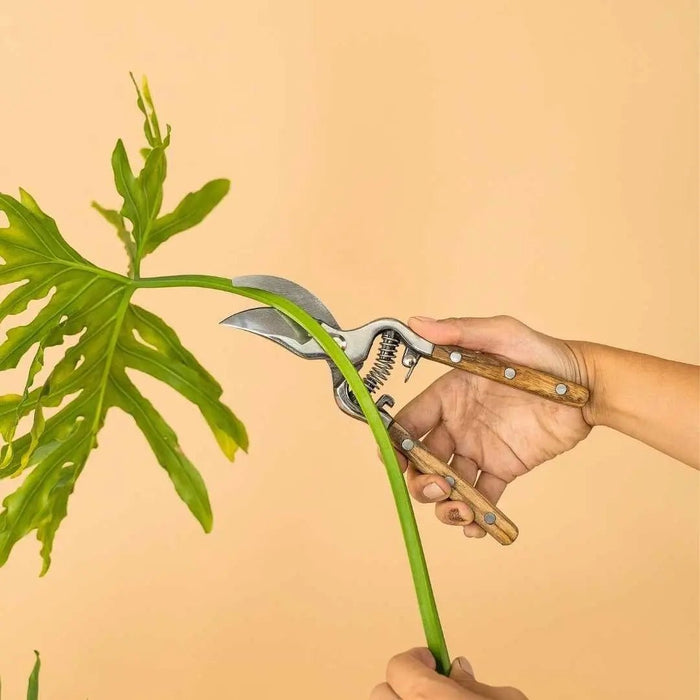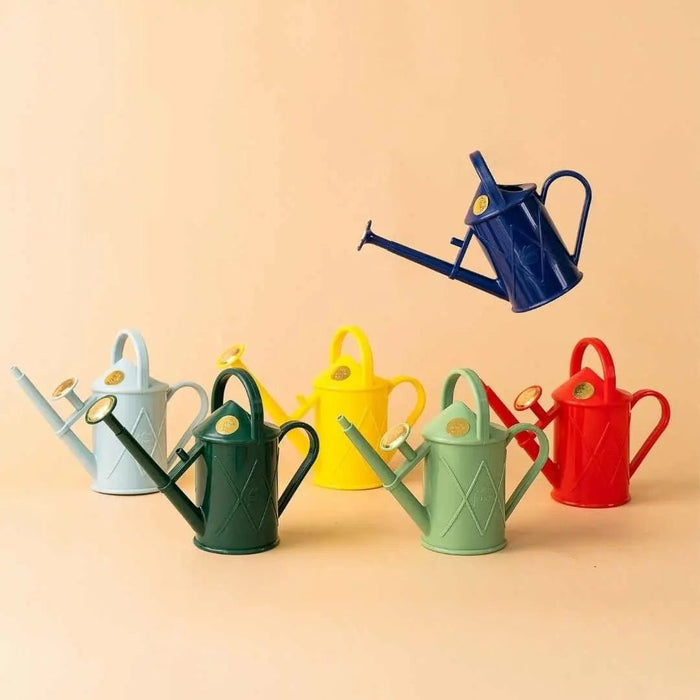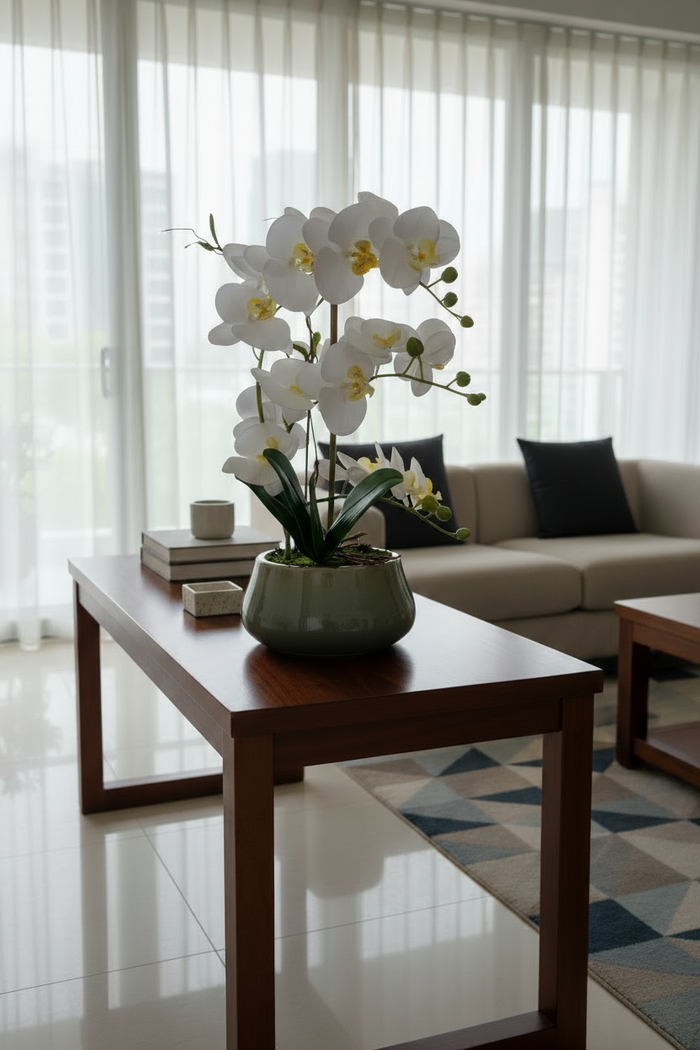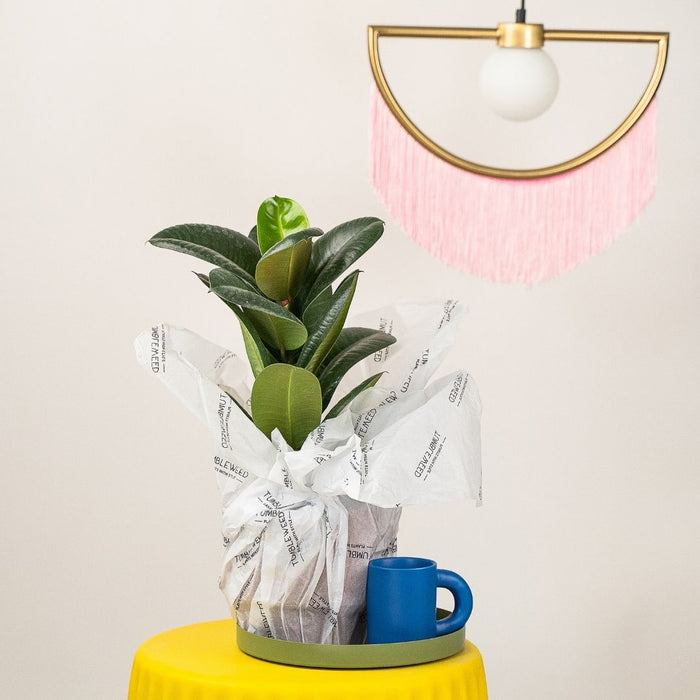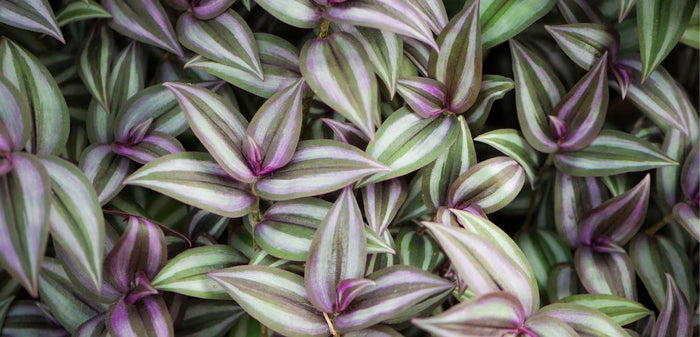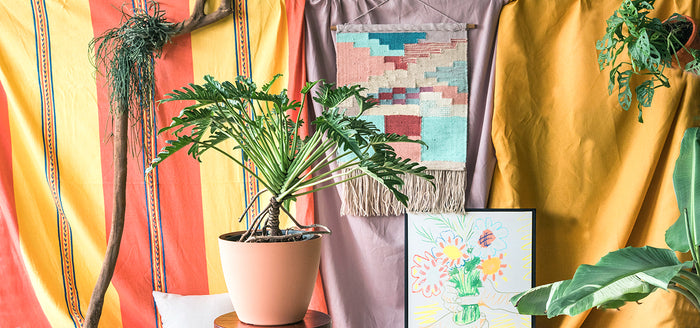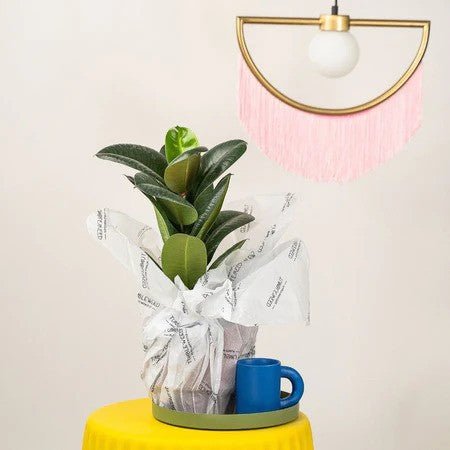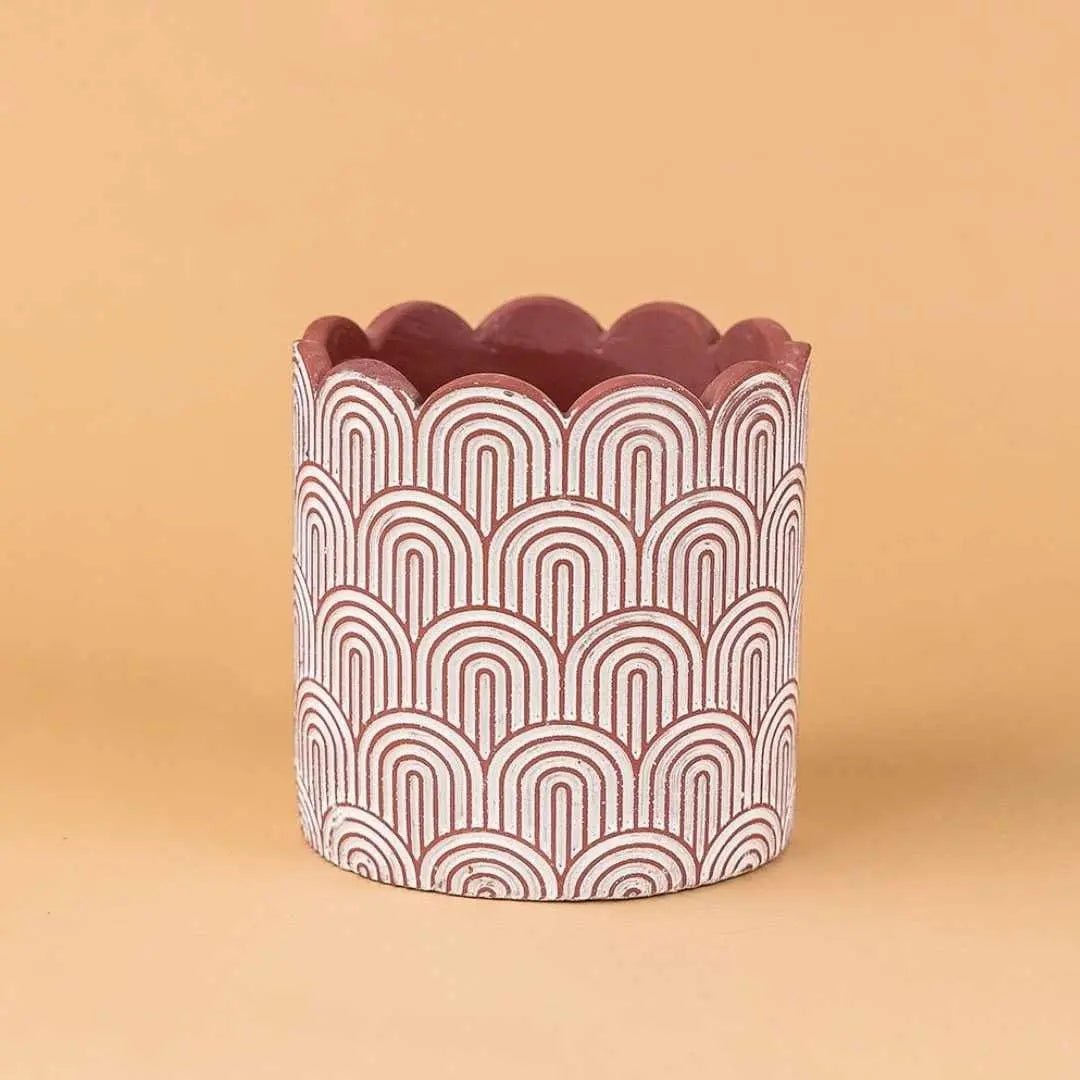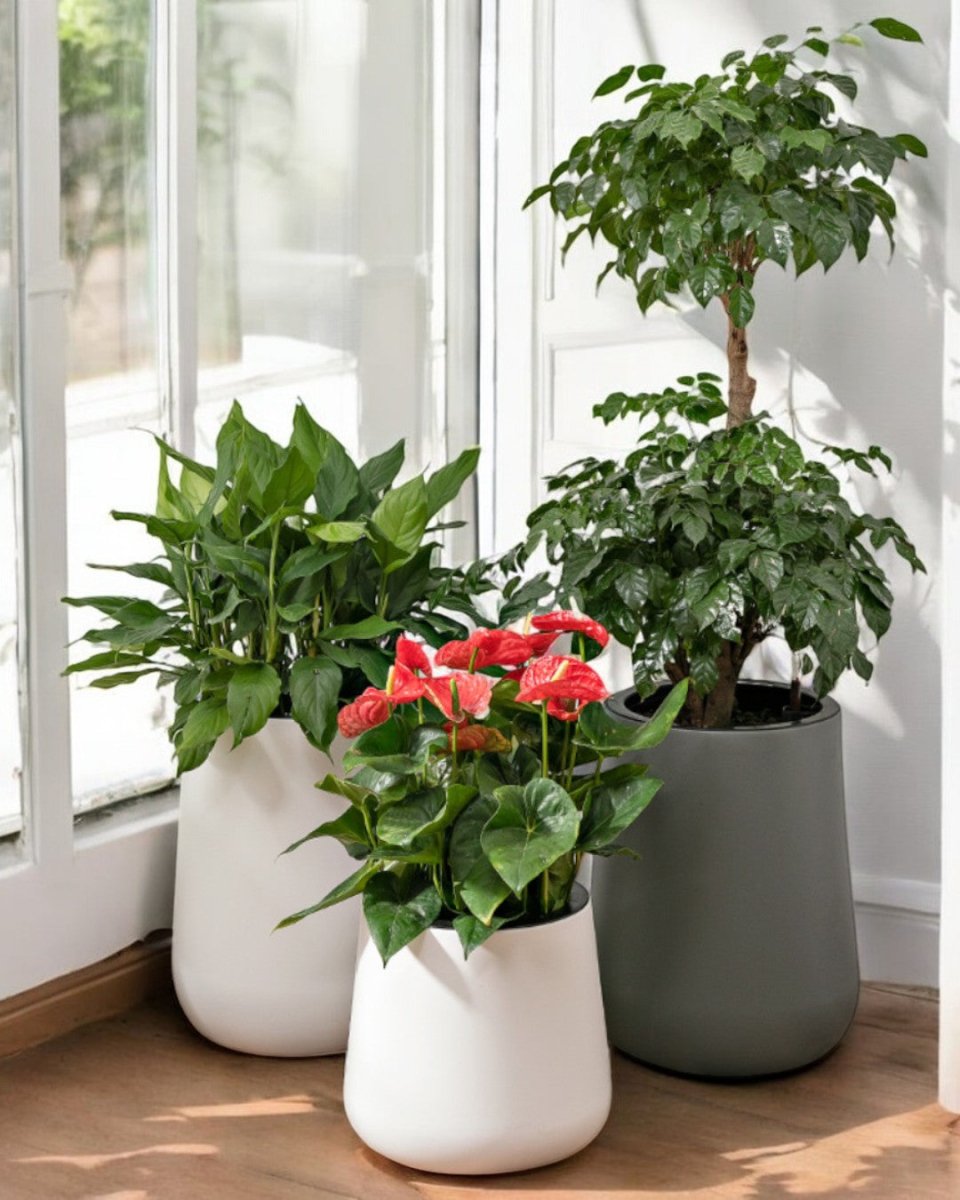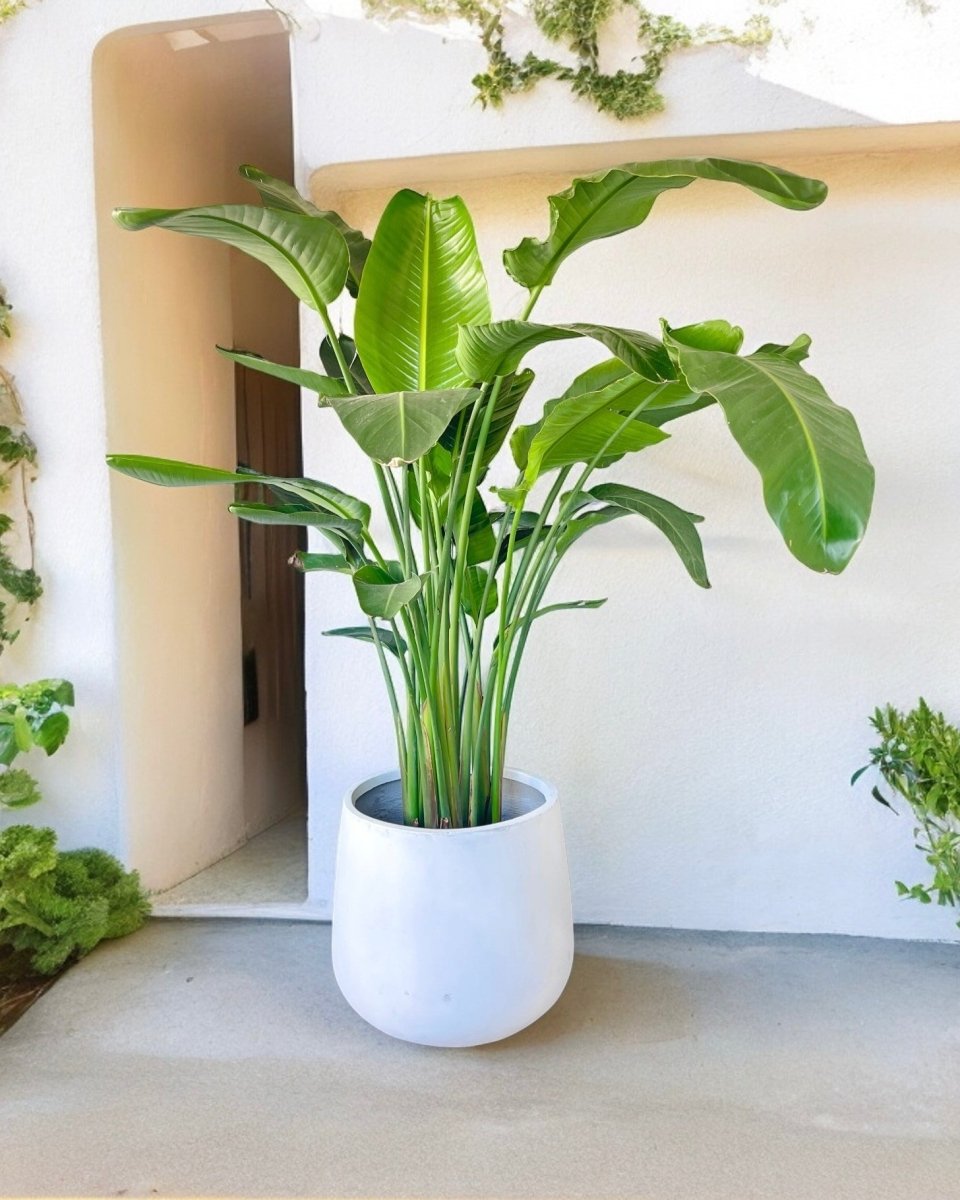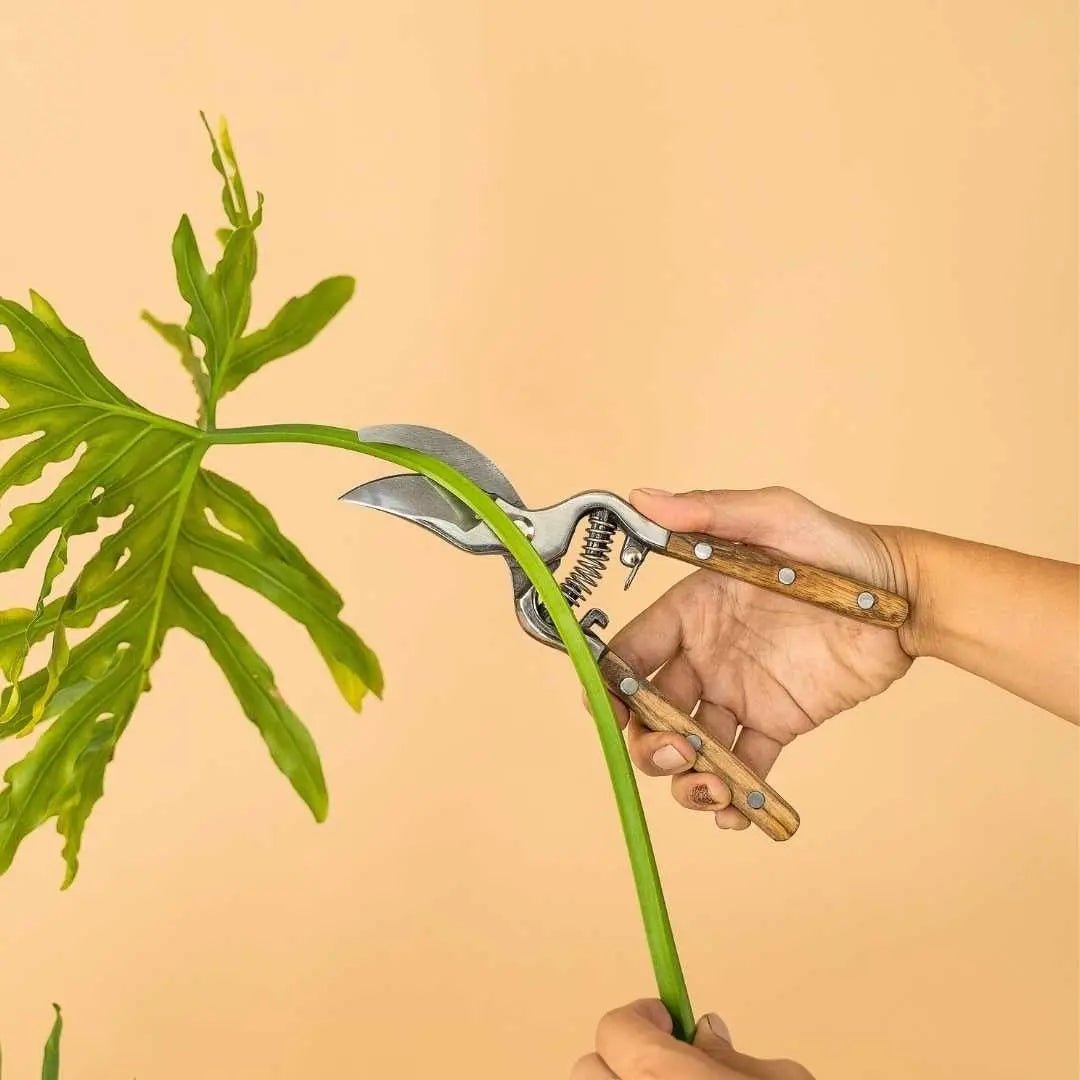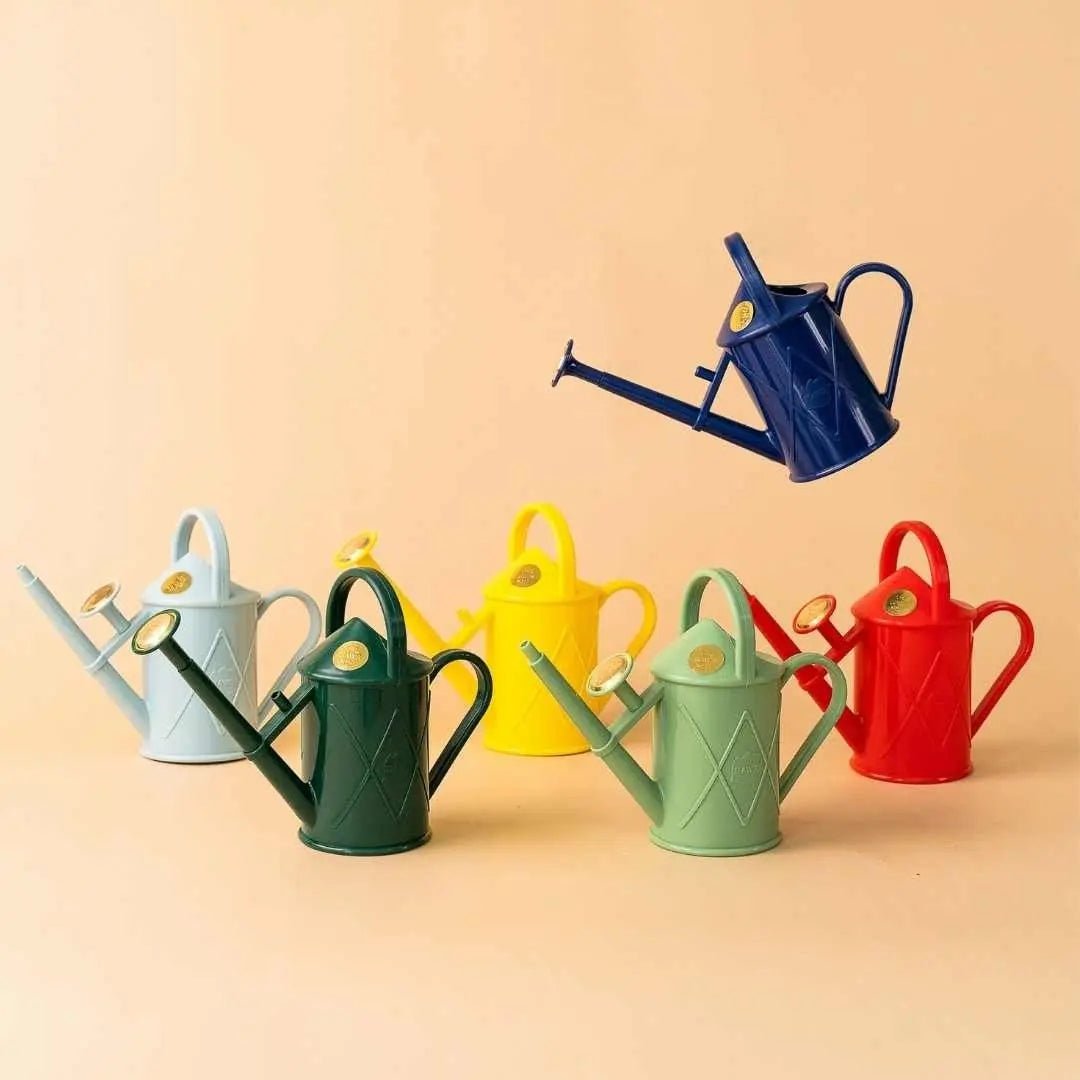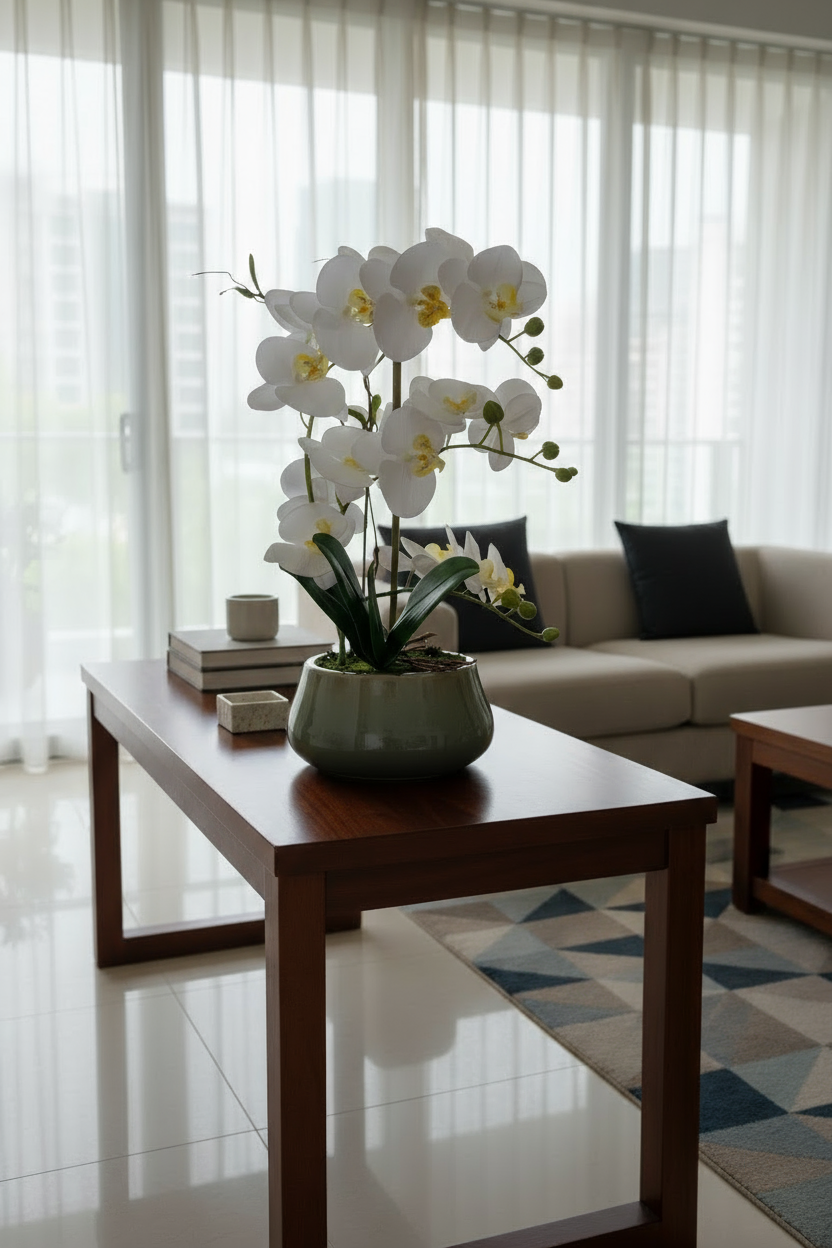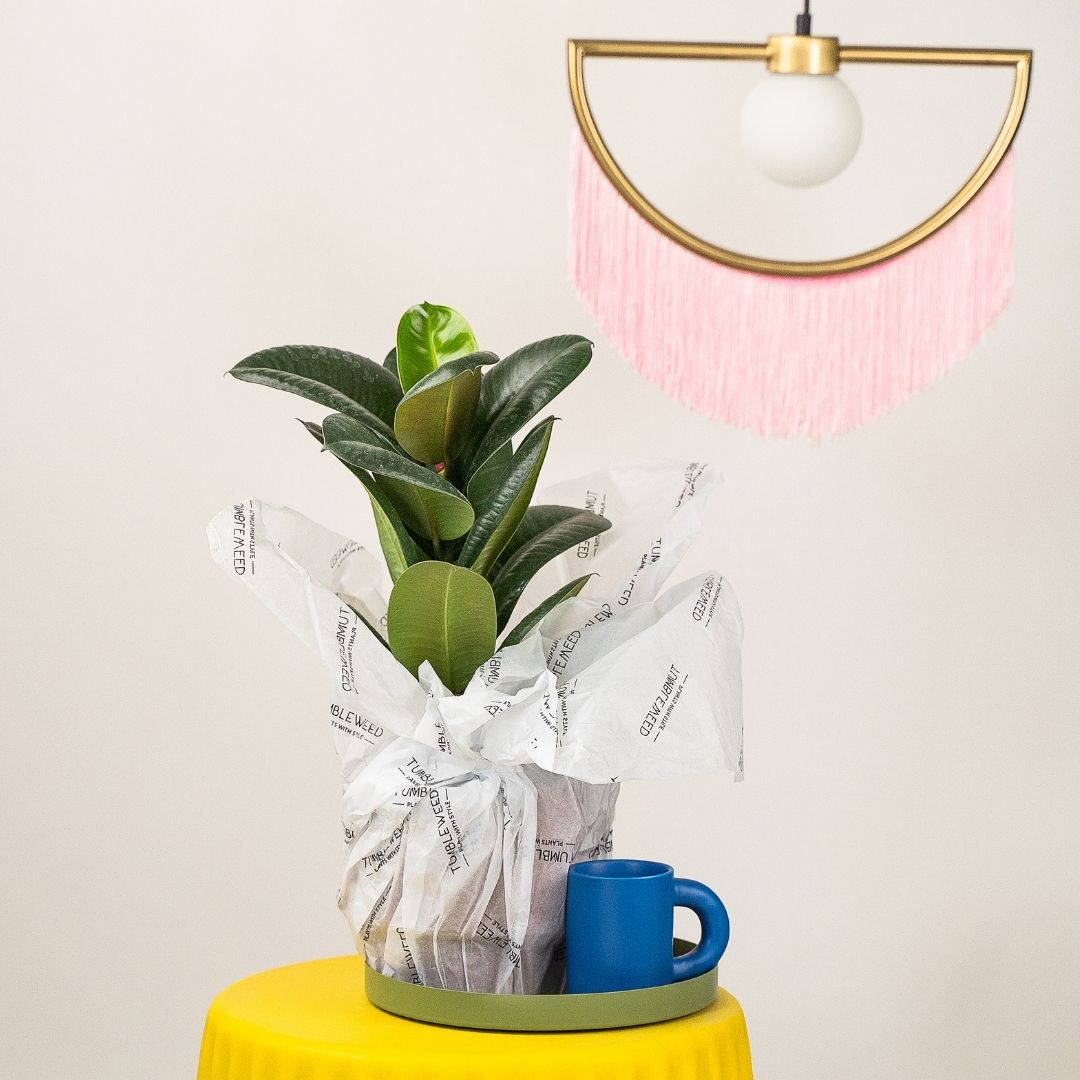Prayer plants are known to perform a daily ritual with their leaves, opening up in the day and closing at night. The upward, folded appearance of the leaves in the evening resemble that of a person’s praying hands, hence the common name of Prayer Plant for all the species in the Marantaceae family.
Search plants, planters, garden accessories and more.
-
Sale
-
Plants
-
Pots
-
Care
-
Decor
-
Gifts
-
Services
-
Business
Free Delivery Above $99 | Shop Now
What's New
-
 Year End Sale: Up to 50% off→
Year End Sale: Up to 50% off→ -
 🎁 Corporate Gifts! 🎁→
🎁 Corporate Gifts! 🎁→ -
 Transform your space with our Plant Styling Services!→
Transform your space with our Plant Styling Services!→ -
 Low Light Corner?→
Low Light Corner?→ -
 Login to Earn & Redeem Points!→
Login to Earn & Redeem Points!→ -
 🎉 Making buying plants easy! 🎉→
🎉 Making buying plants easy! 🎉→
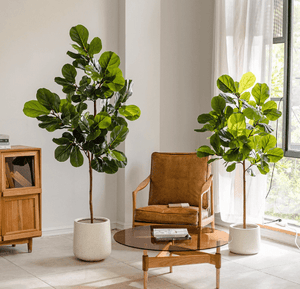
Year End Sale: Up to 50% off
Upgrade your decor now! Automatic tiered discounts mean bigger savings on plants, planters & more. Watch your progress bar fill up as you shop! Sale ends soon. 🌱
Also don't miss out on our free XL Everfresh giveaway, auto enrolled when you make a purchase with us.
Shop Plants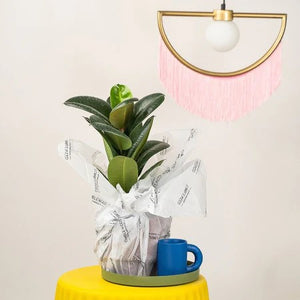
🎁 Corporate Gifts! 🎁
Planning corporate gifts for the festive season? Make a lasting impression with our premium plant gifts! Perfect for clients, partners, or employees, our curated selection of plants is both meaningful and elegant. Choose from a variety of options that fit any budget. Order now and ensure your corporate gifts are delivered in time for the celebrations.
Bulk Gifting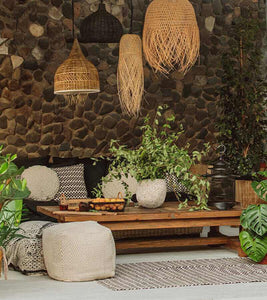
Transform your space with our Plant Styling Services!
Looking to refresh your space for the year-end festivities? Elevate your home decor with our Plant Styling service! Whether it’s a cozy corner or a grand living room, our expert tips will help you transform your space into a green oasis. Perfect for setting the holiday mood! Get inspired and start styling your space with our premium plant collections.
Start your Project
Low Light Corner?
No worries! Our Plant Lights are here to help your plants grow! Specially designed and made for houseplants.
Shop Lights
Login to Earn & Redeem Points!
Login and automatically enrol into our Rewards program, earning you points, and get exclusive deals and discount
Login Now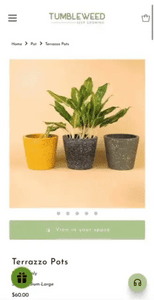
🎉 Making buying plants easy! 🎉
We have made buying plants even easier, with our customer service team, equipped to provide you with a plant recommendations. Hit us up on our chat channels to get started!
Shop NowUp to 50% off with our Year End Sale!
Free delivery above 99SGD
🎁 Free Gift Above $120
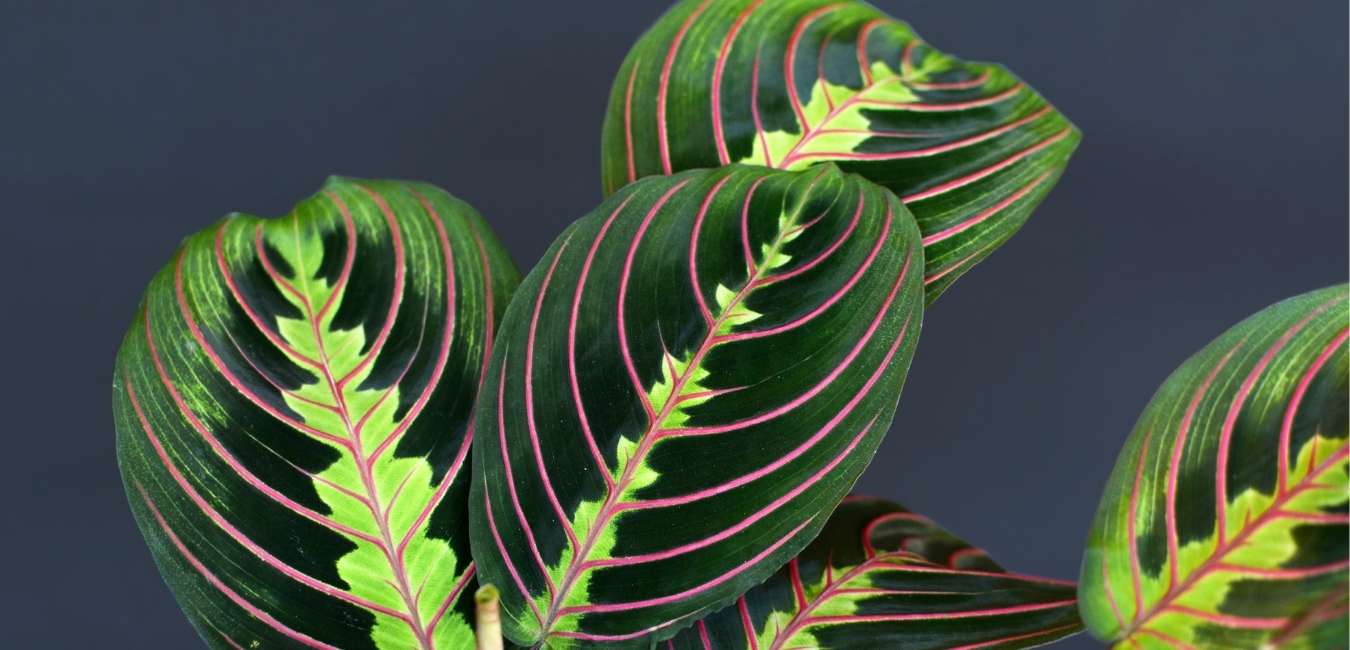
Prayer Plant: Information and Plant Care Guide
Varieties from our listing
Interested to buy a plant from this group?
See what we have available HERE
Below is a general care guide for Prayer Plants which can slightly differ depending on variety.
Light & Temperature
Prayer Plants, in their natural habitat, grow on the rainforest floor in dappled light. Indoors, this translates to medium indirect light. Prayer Plants should be protected away from direct shine of the sun. They can even tolerate low light but their foliage will not be as vibrant if they don’t get sufficient light.
Coming from tropical areas, Prayer Plants prefer warmer environments. Avoid placing your plant in areas that get very cold.
Watering, Humidity & Misting
Prayer plants do not like to dry out, so it’s necessary to water when just 1-2 inches of the soil are dry. This could be as often as 1-3 times a week, depending on your home environment. Check the moisture of the soil often to ensure you don’t overwater or underwater your plant.
Being creatures of the rainforest, prayer plants thrive in high humidity. There are a few basic ways to provide this to your plant. One is by grouping all your Prayer Plants and other plants moisture-loving plants together to increase relative humidity around each other. You can also place it in a pebble tray or a humidity tray. Lastly, you may also go for a humidifier which can do the job for you.
Soil and Repotting
Pick a well-draining potting mix that will contain vital nutrients for your plants as well as proper drainage.
Repotting your Prayer Plants once every 2-3 years will ensure happy growth.
Propagation
The easiest way to propagate your Prayer Plant is by division and the best time is when the plant has matured and is ready for repotting. Carefully remove the plant from its pot and separate out clumps with at least three leaves attached to them. Try to be as gentle as you can when handling the roots. Once ready, repot the divided clumps into new pots using fresh soil.
Fertiliser
Use a balanced fertiliser formulated for houseplants. Follow the directions on the label of our Down to Earth. organic plant food.
Toxicity
Prayer Plants are non-toxic and is therefore safe around kids and/or pets.
Possible Issues
Under the right care and conditions, your plant will grow happy and healthy. But here are some issues you may encounter while caring for a Prayer Plant:
Mealybugs, spider mites and scales - When spotted, wipe them away with a damp paper towel. If the problem persists, treat with a rubbing alcohol or neem oil.
Crispy brown dry leaf tips or leaves curling - This is usually caused by low humidity. Increase the humidity by misting or using a pebble tray.
Yellowing or sark soft leaves - This is usually caused by overwatering. Avoid letting your Prayer Plant sit on water.
Washed out colour - Check that your Prayer Plant is not exposed to too much light. If it is, move it to a shadier location.
- Regular Price
- $24.00
- Sale Price
- $24.00
- Regular Price
- $32.00
- Unit Price
- /per
- Regular Price
- $18.00
- Sale Price
- $18.00
- Regular Price
- $25.00
- Unit Price
- /per
- Regular Price
- $18.00
- Sale Price
- $18.00
- Regular Price
- $26.00
- Unit Price
- /per
- Regular Price
- $14.00
- Sale Price
- $14.00
- Regular Price
- $25.00
- Unit Price
- /per
TumbleweedPlants.com
Live Chat 💬
Whatsapp:+65 80561106
getintouch@tumbleweedplants.com
514 Chai Chee Lane (Office & Warehouse)
-Strictly not open to walk-in
Company
Helpful Links
Join Our Community
Join 40,000+ plant lovers and get care tips & inspiration.
About
TumbleweedPlants.com is an independent plants retail brand, established in Singapore in 2016. We make stylish indoor plants easy and accessible to all with great looking houseplant varieties, the biggest selection of planters and indoor plant care essentials delivered to your door.
Shop with confidence from the Best Plant Home Decor Online Store Today!

